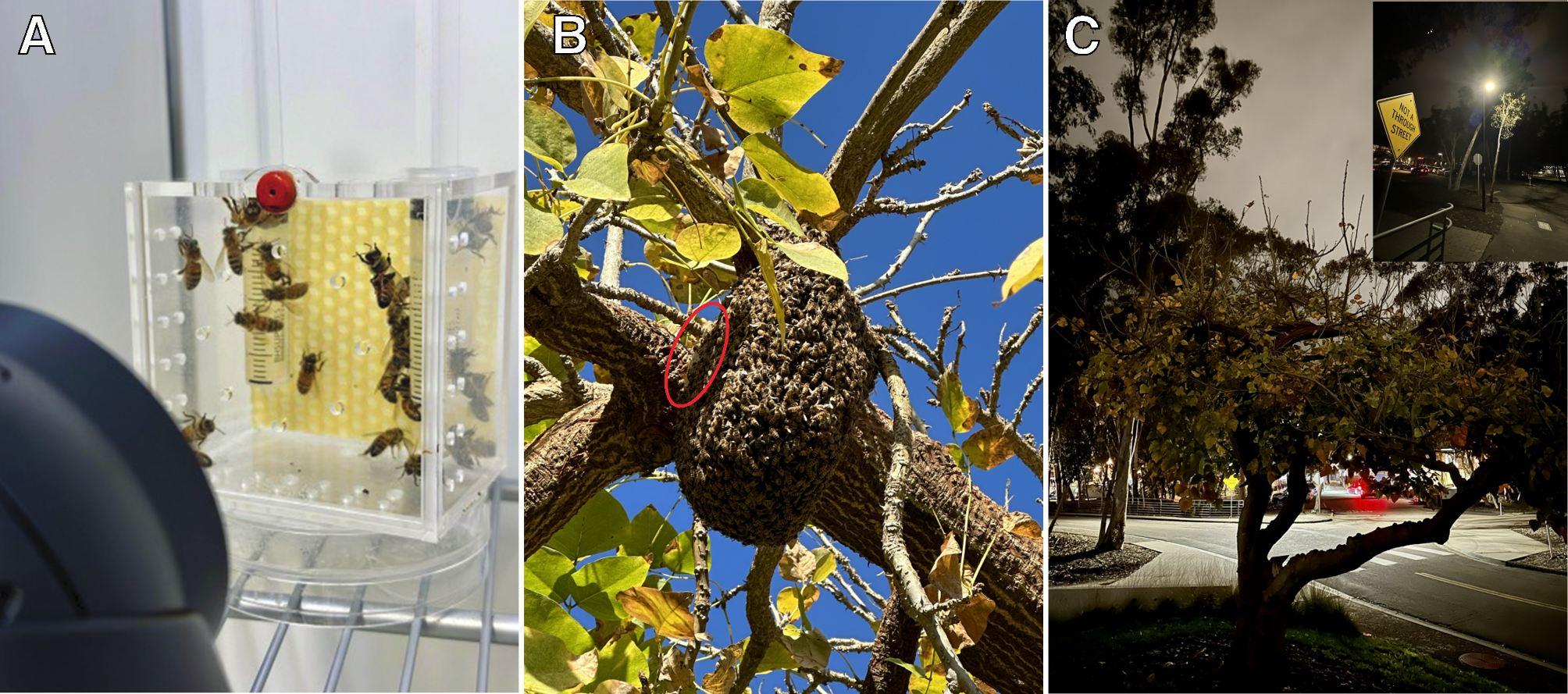2024-11-11 ブラウン大学
<関連情報>
- https://www.brown.edu/news/2024-11-11/personal-care-pfas
- https://www.sciencedirect.com/science/article/pii/S0160412024006809?via%3Dihub#b0185
環境化学物質に関する母子調査における妊娠中および授乳中のパーソナルケア製品の使用とパーフルオロアルキル物質およびポリフルオロアルキル物質 Personal care product use and per- and polyfluoroalkyl substances in pregnant and lactating people in the Maternal-Infant Research on Environmental Chemicals study
Amber M Hall, Jillian Ashley-Martin, Chun Lei Liang, George D. Papandonatos, Tye E Arbuckle, Michael M Borghese, Jessie P. Buckley, Kim M Cecil, Aimin Chen, Linda Dodds, Mandy Fisher, Bruce P. Lanphear, Dorothea FK Rawn, Kimberly Yolton, Joseph M Braun
Environment International Available online 22 October 2024
DOI:https://doi.org/10.1016/j.envint.2024.109094
Graphical abstract

Highlights
- Higher 1st trimester PCP use was associated with higher PFOA, PFOS, and PFHxS.
- Higher 3rd trimester PCP use was associated with higher postpartum PFAS in human milk.
- Hair treatment at delivery was associated with higher postpartum PFAS in human milk.
- Higher PCP use was associated with higher PFOS, PFOA, PFNA, and PFHxS postpartum.
Abstract
Background
Per- and polyfluoroalkyl substances (PFAS) are ubiquitous chemicals routinely detected in personal care products (PCPs). However, few studies have evaluated the impact of PCP use on PFAS concentrations in pregnant and lactating populations.
Objective
We investigated associations between PCP use and PFAS concentrations in prenatal plasma and human milk.
Methods
We leveraged the Maternal-Infant Research on Environmental Chemicals (MIREC) Study to evaluate the contribution of PCP use on PFAS concentrations in prenatal plasma (6 to 13 weeks’ gestation; n = 1,940) and human-milk (2 to 10 weeks’ postpartum; n = 664). Participants reported frequency of use across 8 PCP categories during the 1st and 3rd trimesters, 1 to 2 days postpartum, and 2 to 10 weeks’ postpartum. We used adjusted linear regression models to quantify percent differences and corresponding 95 % confidence intervals.
Results
In 1st trimester pregnant people, we found higher use of nailcare products (≥once a week vs. never: perfluorooctanoic acid (PFOA): 21 % [9.7 %, 32 %]; perfluorooctane-sulfonic acid (PFOS): 11 % [0.3 %, 23 %]), fragrances (daily vs. never: PFOA: 14 % [7.8 %, 21 %]; PFOS: 7.8 % [1.3 %, 15 %]), makeup (daily vs. never: PFOA: 14 % [5.8 %, 23 %]), hair dyes (never vs. 1-2 times during pregnancy: PFOA: 8.3 % [2.4 %, 15 %]), and hair sprays or gels (daily vs. never: PFOA: 12 % [5.0 %, 19 %], PFOS: 7.1 % [0.2 %, 15 %]) were associated with higher plasma PFAS concentrations. Similar results were observed for 3rd trimester PCP use and 2 to 10 weeks’ postpartum human-milk PFAS concentrations. In addition, we also found that people using colored-permanent dye 1 to 2 days postpartum had higher Sm-PFOS (18 % [2.7 %, 35 %]), PFOA (16 % [4.3 %, 29 %]), and perfluorononanoic acid (17 % [3.6 %, 33 %]) postpartum human-milk concentrations.
Conclusions
Our results show that PCP use may be a modifiable source of PFAS exposure in pregnant and lactating populations. These results along with growing scientific evidence can help inform PFAS regulation and guide individual choices to reduce PFAS exposure.


